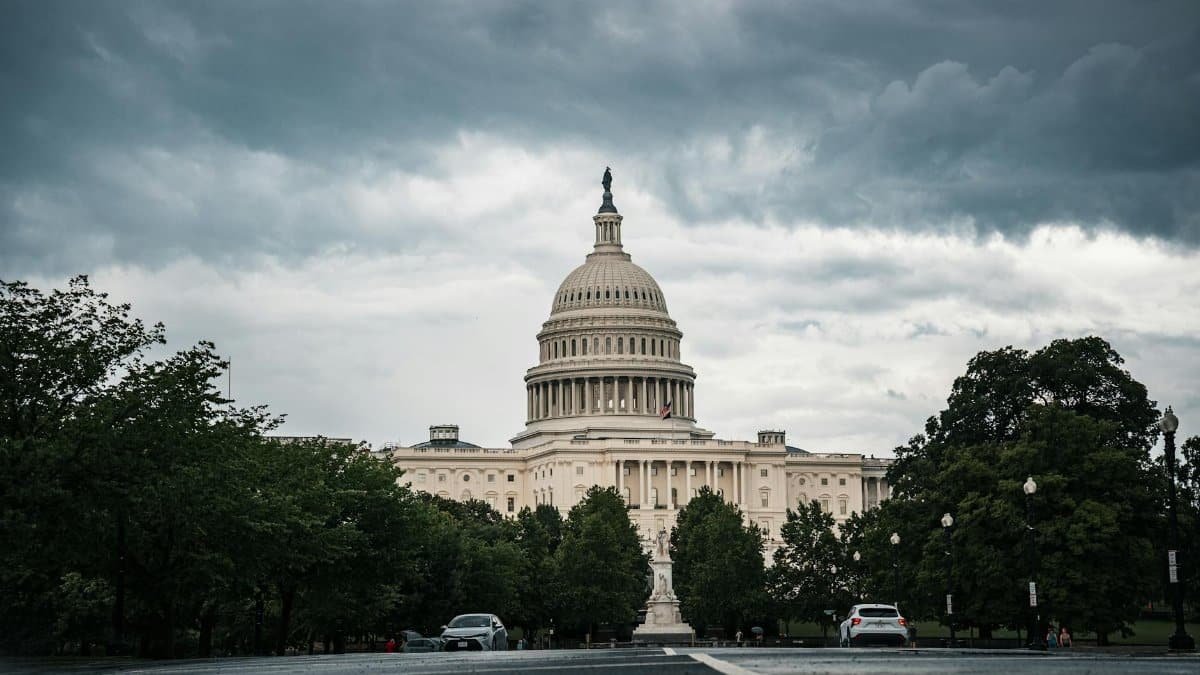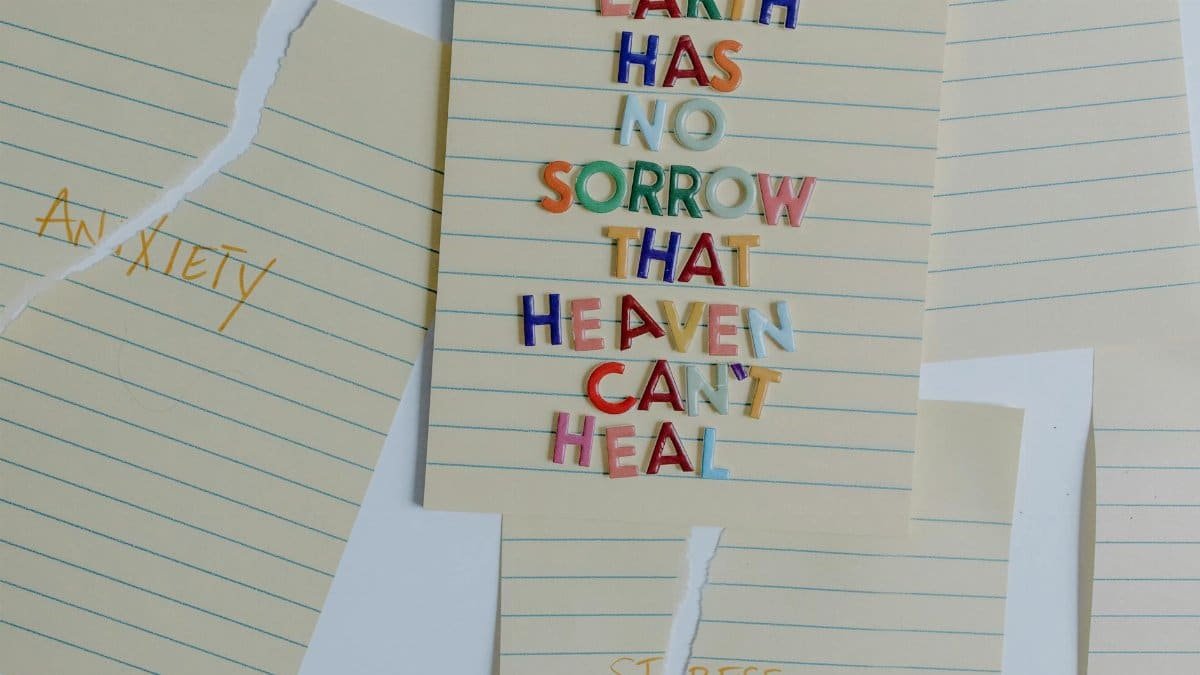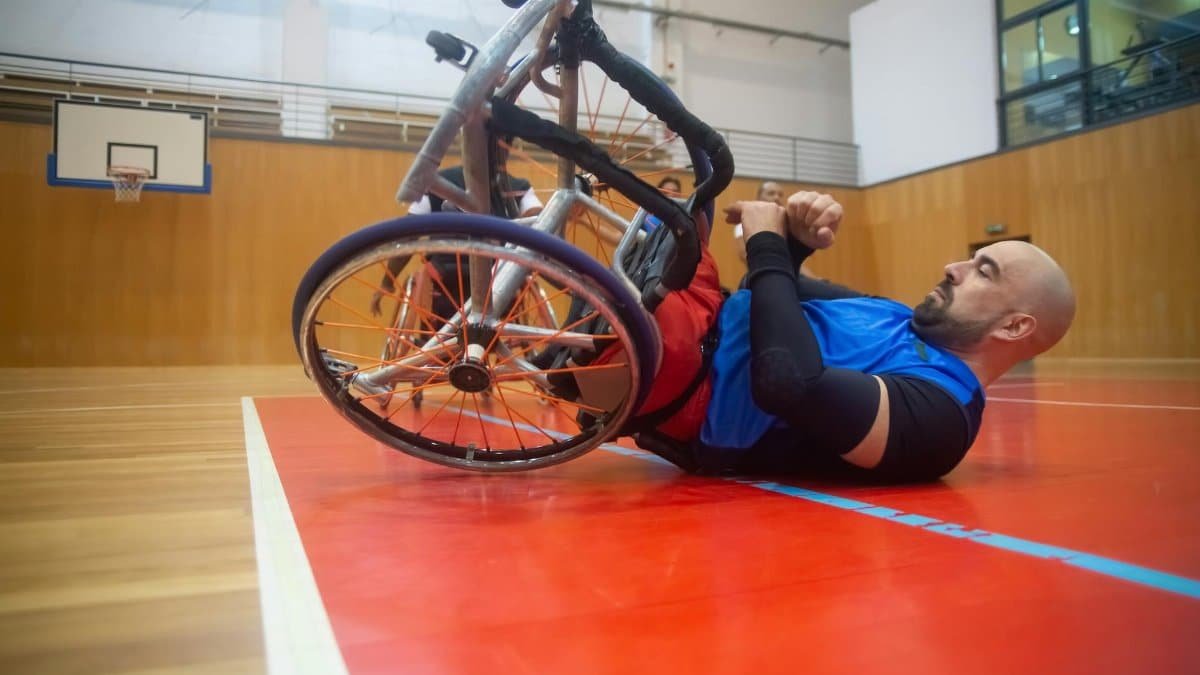Is Resilience Balance Strength the Key to Beating DC Stress?

In the high-stakes world of Washington DC, where political pressures and relentless workloads crush spirits daily, a growing number of residents are turning to resilience balance strength as a lifeline. This approach, blending mental toughness with emotional equilibrium, promises to combat chronic stress without fancy therapies or endless vacations. But is it really the fix everyone claims? New surveys suggest yes, with locals reporting sharper focus and calmer days amid the chaos of Capitol Hill briefings and traffic snarls. As 2025 unfolds, this trend is gaining traction in a city that never sleeps.
Understanding Resilience Balance Strength Basics

Resilience balance strength boils down to building inner fortitude while maintaining harmony in daily life. It’s not about ignoring stress but channeling it productively. Experts define it as the ability to bounce back from setbacks with poise, drawing on personal strengths to stay grounded. In DC, where policy wonks and lobbyists face constant upheaval, this mindset helps prevent burnout. A recent report from the American Psychological Association highlights how such practices reduce anxiety levels significantly. For more details, check the APA’s resilience resources.
The Stress Epidemic in Washington DC

Washington DC ranks among the most stressed cities in the U.S., with long hours and high expectations fueling mental health crises. A 2024 WalletHub study placed it near the top for work-related stress, citing factors like commute times and job insecurity. Enter resilience balance strength: locals are using it to navigate these pressures. From federal employees to nonprofit workers, many report that focusing on emotional balance cuts through the fog of daily demands. This isn’t just talk; data shows a dip in reported stress disorders in areas where resilience programs are promoted.
How Resilience Builds Mental Strength

At its core, resilience involves cultivating habits that fortify the mind against adversity. Techniques like mindfulness exercises and goal-setting help individuals in DC rebound from professional disappointments, such as failed negotiations or policy shifts. Strength comes from recognizing personal limits and pushing them wisely. A study by Harvard University’s Center on the Developing Child emphasizes how resilience training enhances cognitive function under pressure. Explore their findings at Harvard’s resilience page. In a city of power plays, this strength translates to better decision-making and sustained energy.
Balancing Emotions for Daily Calm

Balance in resilience balance strength means harmonizing emotions to avoid extremes. DC residents often juggle intense careers with family life, leading to emotional whiplash. Simple strategies, like daily journaling or brief meditations, restore equilibrium. Professionals in the district have shared how these practices prevent overload during election seasons or budget battles. According to the National Institutes of Health, emotional balance correlates with lower cortisol levels, the hormone tied to stress. This balance isn’t a luxury; it’s essential for thriving in a fast-paced environment like the nation’s capital.
Real Stories from DC Locals

Take Mark Thompson, a mid-level aide on the Hill, who credits resilience balance strength for saving his career. After a grueling session of hearings left him drained, he adopted routines focused on mental recovery. “It changed everything,” he told reporters. Similarly, educator Lisa Chen in Georgetown uses these principles to handle classroom chaos amid policy changes. These anecdotes reflect a broader shift: a 2025 survey by Gallup found 45% of urban professionals incorporating resilience tactics, up from previous years. Such stories underscore the practical impact in everyday DC life.
Challenges in Adopting Resilience Practices

Not everyone finds resilience balance strength easy to implement. Common hurdles include time constraints in DC’s demanding schedules and skepticism about “soft skills” in a results-driven town. Some struggle with consistency, especially during crises like government shutdowns. Experts advise starting small to overcome these barriers. Research from the Mayo Clinic indicates that persistence pays off, with gradual improvements in stress management. Despite challenges, the payoff in reduced burnout makes it worth the effort for many in the district.
Tools and Resources for Getting Started

DC offers plenty of resources for building resilience. Apps like Headspace provide guided sessions on balance and strength, tailored for busy professionals. Community groups, such as those at local wellness centers, host workshops on emotional resilience. The CDC’s mental health portal offers free tips on stress reduction, accessible at CDC’s stress coping page. In 2025, expect more employer-sponsored programs in federal agencies, making these tools even more available to curb the city’s stress wave.
Impact on Work and Personal Life

Embracing resilience balance strength ripples into both professional and personal spheres. At work, it leads to higher productivity and better team dynamics in DC offices. Personally, it fosters stronger relationships and improved well-being. A Pew Research Center analysis shows urban dwellers with strong resilience report greater life satisfaction. This dual benefit is crucial in a city where work often bleeds into home life. As trends evolve, resilience is becoming a staple for maintaining sanity amid political turbulence.
Looking Ahead: Resilience in DC’s Future

As Washington DC heads deeper into 2025, resilience balance strength could redefine how residents handle stress. With ongoing global uncertainties influencing local politics, this approach offers a buffer. Experts predict wider adoption, potentially lowering citywide mental health costs. While not a cure-all, it’s a powerful tool for fixing the stress that plagues the capital. For those ready to try, the path to calmer days starts with small, intentional steps toward balance and inner strength.
